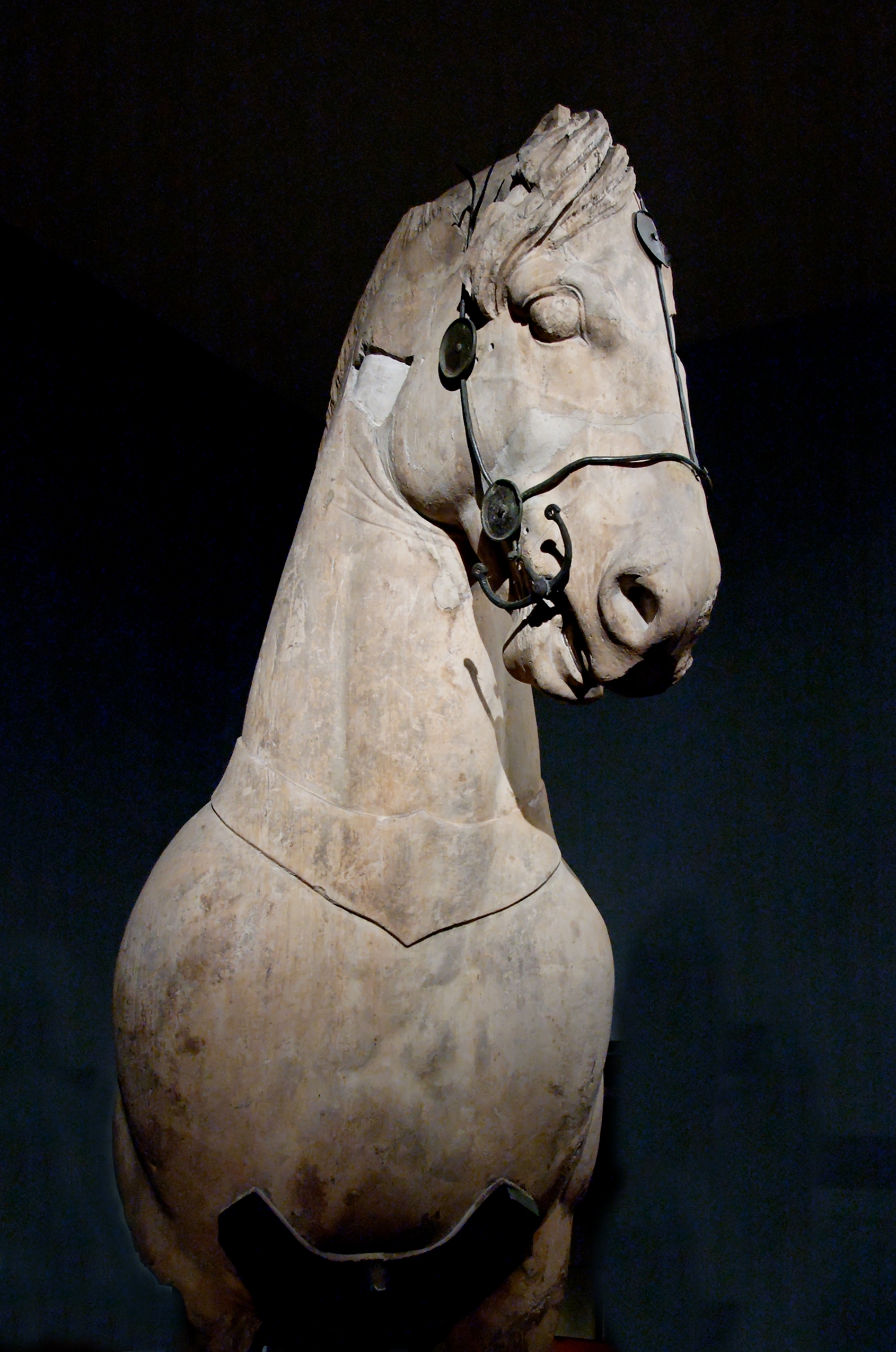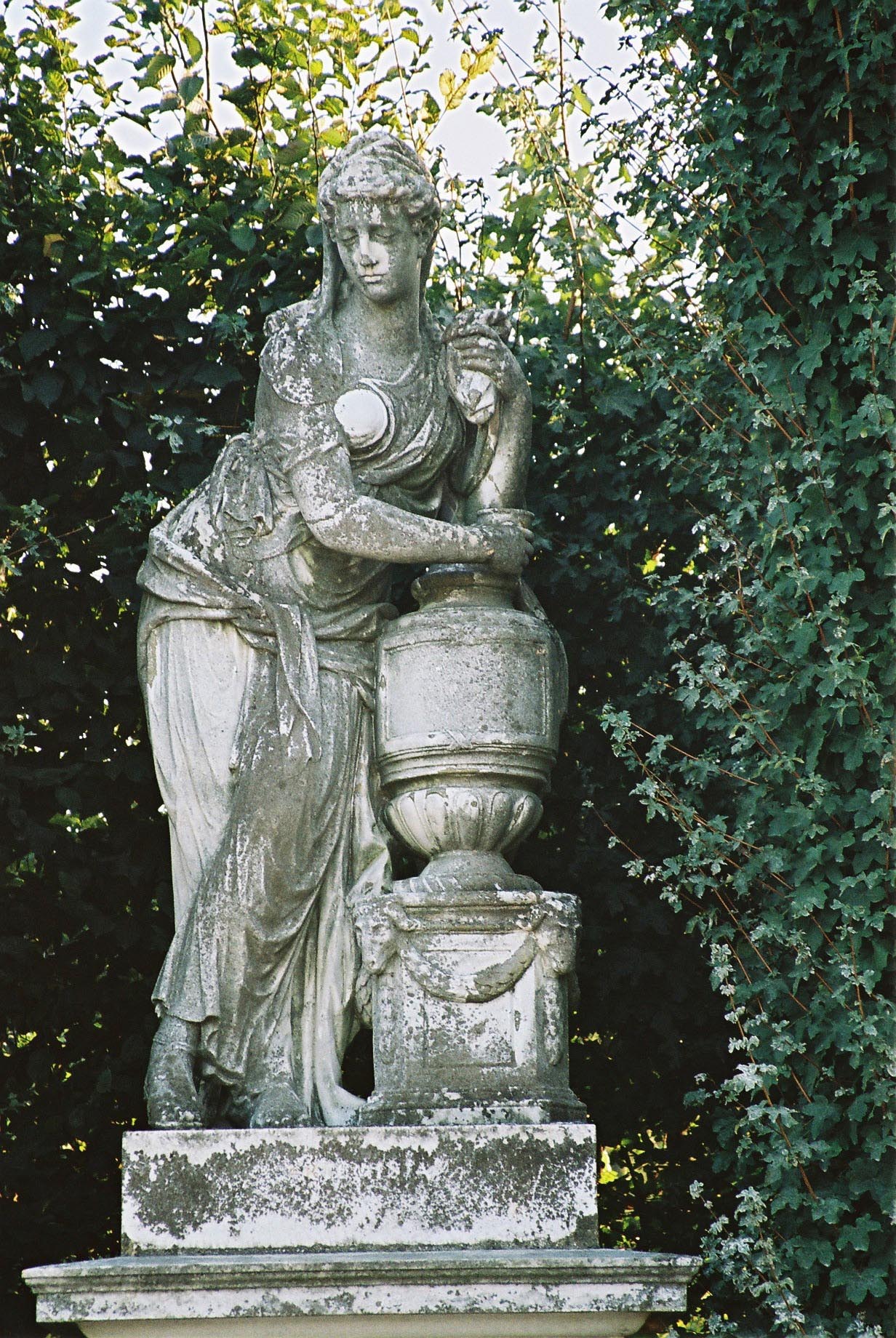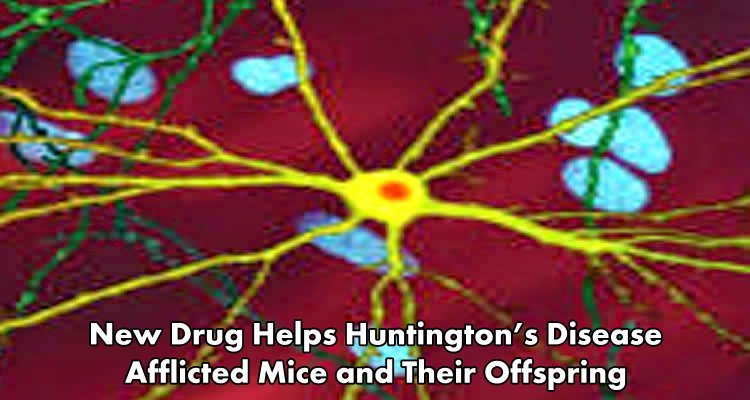The traditional argument
against close relatives having children (besides "Ew, yuck!") is that
they risk a higher rate of genetic disease. Now, I'm not going to get
into the old debate over whether a 2% or 4% or 8% increase in disease
warrants such a strong reaction. In fact, I'm writing to challenge a
basic assumption by both sides in this argument: that the parents' genes
are even the primary problem here; as well as to show that one day
soon, we might be able to eliminate most of these risks.
There's a term scientists have, a catchall phrase, for all the detrimental effects of close genetic mating on a population:
inbreeding depression.
(It's the fitness of the population that's depressed by generations of
interbreeding, hence the name.) Inbreeding depression does not occur in
the ways or at the rates scientists would expect, if bad genes were the
only real cause. Environment can make the difference between
consanguineous mating hurting or helping the population, and
some species don't even seem to be affected by interbreeding. (Skip to 2:44 if the link doesn't do that for you.)
The
fact is, we're all carrying around junk in our genomes that could
cripple us, but it never gets turned on. After all, bacteria are cloning
themselves, and they seem to do fine, and yet we mammals have increased
problems having children with our twins? Doesn’t that seem odd? Well,
it
is odd.
Where do the increased problems come from, then? The answer:
epigenetics.
Recently, scientists have realized that which combinations of genes are
turned on when, is just as important as which genes you actually have.
They've discovered that environmental factors over your lifetime
chemically alter your DNA, changing the way it's expressed. These
changes over your lifetime can control your weight, your rate of cancer,
and more, and you can even pass these changes on to your children. This
allows species to evolve quickly without having to even change their
genes.
The most powerful epigenetic process is called
DNA methylation.
Methyl compounds bind to your DNA, inhibiting certain genes. If you
have too little methylation, harmful genes accumulated over the life of
our species can get turned on, causing diseases such as cancer. If you
have too much methylation, many important genes can fail to turn on, and
your cells won't properly coordinate or function, leading to
developmental problems or miscarriage.
But this all comes with some miraculous discoveries!
Recently, several
research papers have
shown that
many
of the bad side effects of consanguineous mating that we previously
thought were caused by bad shared genes (a.k.a. inbreeding depression),
aren't caused by bad genes at all! They're caused by epigenetics,
specifically too much methylation during the embryo's development.
But
this is actually great news, because the epigenome is easier to modify
than the genome. There's something even more amazing that came out of
that first paper: the way they tested their methylation hypothesis was
by curing their experimental group of inbreeding depression! (The test
group members were bred with themselves, which is as close genetically
as you can get.) Yes,
we might have the technology now
to eliminate most of the extra risks consanguinamorous couples face
when having children! Unfortunately, the treatment's not commercially
available - epigenetics is too new a field. However, it is something we
can look forward to.
Because your epigenome changes over your
life, and affects the epigenome of your children, there should be steps
you can take now to decrease the likelihood of problems your children
would face. (This goes for all couples, not just the consanguinamorous.)
Lifestyle choices, like
chemical exposure, diet, and exercise
affect your epigenome. Unfortunately, there's not enough research on
the epigenetics of consanguineous mating for me to really tell you what
you would have to do. If you're curious, consult a doctor, perhaps they
have some more insight than I can give on specific actions you can take.
Edit: Further research provides some practical advice!










%2C_Nahiennaena_(1825).jpg)




